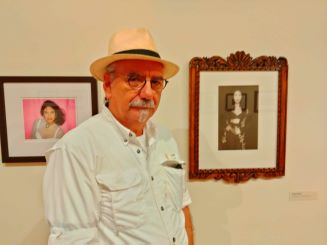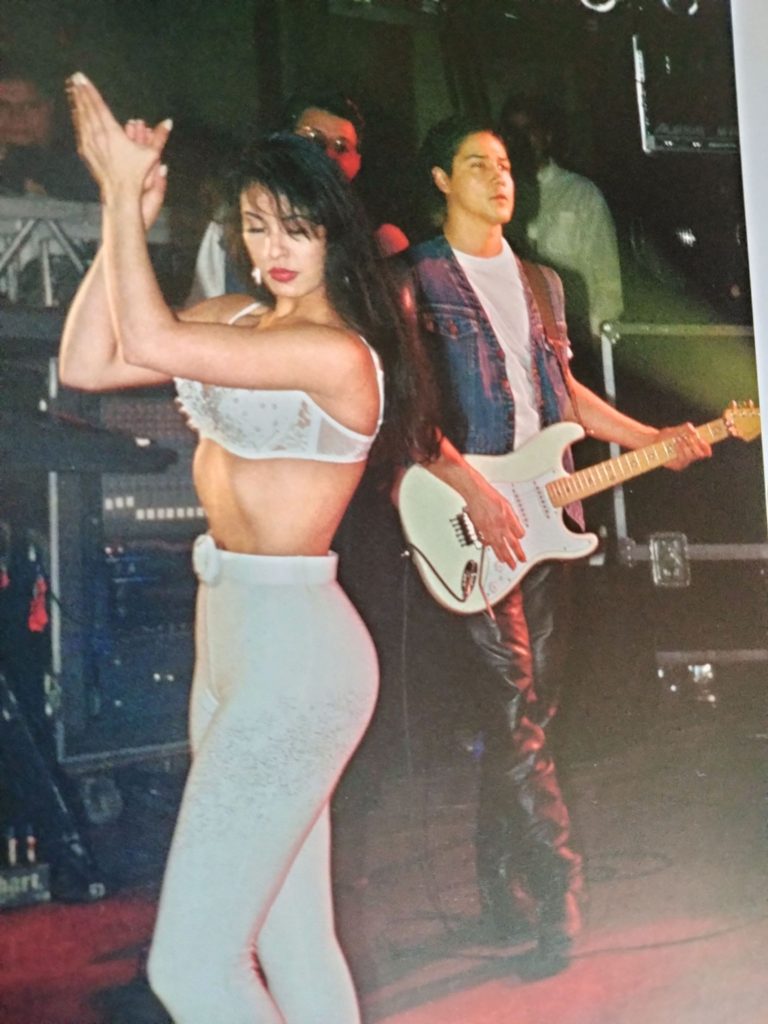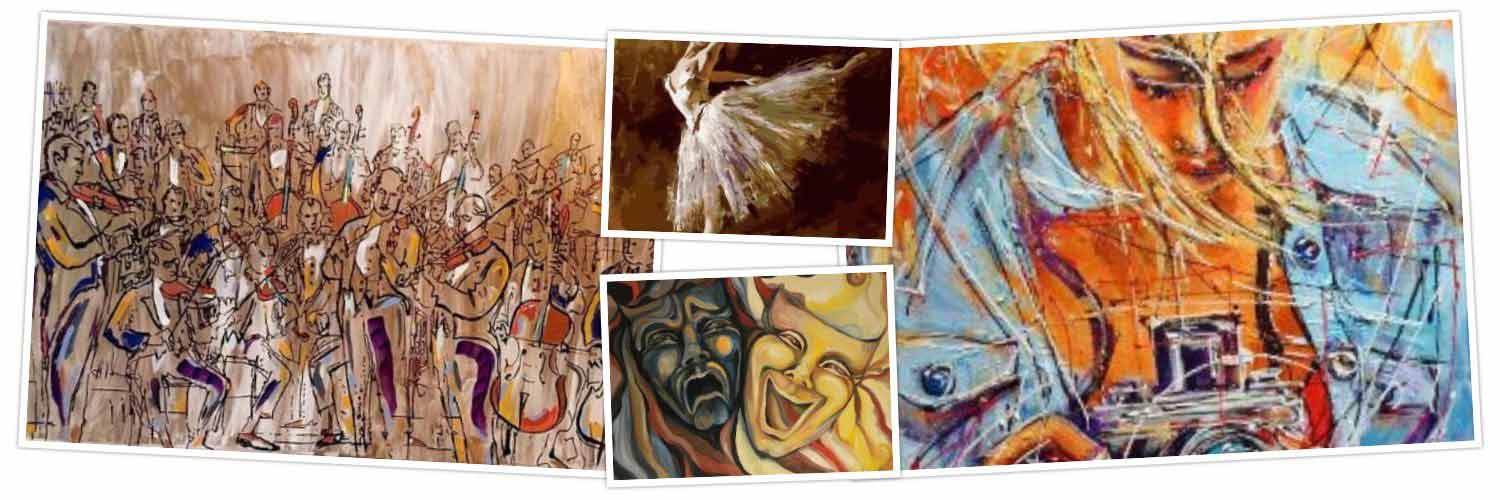Al Rendon’s Photos Document “Mi Cultura”
By JASMINA WELLINGHOFF, Editor
Al Rendon may not have become a photographer if it wasn’t for his mom who liked to take pictures of family gatherings and special occasions. “She was always taking pictures,” he recalled a few days ago as we sat in an office at the Witte Museum to talk about his retrospective exhibit which was just being installed in the museum’s art galleries.
“At some point, however, it became more challenging for her. Those old cameras had tiny viewfinders and she had to wear glasses as she got older. So, she was having trouble framing the pictures. I started taking some of the pictures for her at our events. And I found that I liked doing that.”

So much so, that photography became his life’s calling. Among other things, he often photographed exhibits for the Witte Museum, which is now showcasing a 50-year retrospective of his work.
Following those early experiences of helping his mom document family events, he learned about the nitty-gritty of developing film and dark-room work when he attended Central Catholic High School and joined the school’s Photography Club. In 1972, when Democratic presidential candidate, George McGovern came to the Alamo City to speak at the Alamo, the budding photographer joined the media crowd and shot some pictures, but only one of them – the very last one was a good shot. That one became his first published image at the front of the school’s 1973 Yearbook.
He eventually got interested in photographing musicians, starting with Led Zeppelin playing in the old Hemisfair Arena. “This started a cycle of over 10 years of me going to concert and taking photos,” he recalled. “That was my youth and that was my music, and I loved being with those bands, meeting them in person and going backstage to take pictures. I was marketing those photos to local publications.”
At that point he was also connecting with national-level publications. And some of the bands he photographed also wanted his photos for their own publicity efforts.

But one musician in particular – Selena – became a favorite subject. In fact, at the entrance to the Witte exhibit stands a large photograph of the late singer. After his rock-band period he became more interested in documenting “Mi Cultura” which included conjunto/Tejano bands, and later charreadas.
“Certain musicians have a special charisma. You get goosebumps when you see them perform,” he noted. “The very first time I saw Selena perform back in 1989, she gave me goosebumps. And she was only 17. I could tell that she would do very, very well. And she was singing songs of my culture. I decided that every chance I got, I was going to take pictures of her. I took pictures of her at the Tejano Music Awards and whenever she performed in San Antonio.”
He also found her entourage interesting. Selena’s sister was part of the band and their father was managing his daughter’s career. “It was a very strong family environment,” that appealed to Rendon, who thinks of the entire Mexican/Tejano community as his “family.” At one point he got involved with the Guadalupe Cultural Arts Center and became “sort of their staff photographer,” and the first event he covered was the Tejano-Conjunto festival in 1985. “All the musicians there were playing the music that I had been listening to since I was a child, because my dad played that music,” he said.
In that context, it is not surprising that his work also includes “street photography,” documenting whatever seemed interesting and representative of San Antonio’s culture, be that a wedding party or a moment captured at Market Square. One of the essayists included in the “Mi Cultura” exhibit catalog ended his essay with these words: “In summation, the multiple genres of Al Rendon’s photography are an immense reservoir of Mexican American cultural information. They function as constellations of memory functioning as visual texts that implore us to honor our lineage, remember our histories and reclaim our heritage.”
One significant recent project involved visiting Uvalde numerous times to photograph the memorial murals as they were painted.
A number of his photographs are now in the Smithsonian Institution, at the Smithsonian’s National Portrait Gallery, National Museum of American History and the National Museum of the American Latino. His work is also in the Collections at Texas State University and in the collection of the Witte.
It was fortunate that he met the director of the Smithsonian Gallery right at the Witte when that official came to participate in a symposium at the museum. Rendon spoke to him about the importance of Selena for the local and Hispanic population as a whole.
So, how many pictures did he shoot since he started his photo work, both for commercial clients and for his art portfolios?
“Oh, I hate that question! he said. “Over a thousand rolls of film, I suppose. Thousands of photographs. I don’t know where it’s all going to end up but I hope it will go to a collection.”
He appreciates the Witte’s retrospective of his work and the monograph that the museum published, titled “Mi Cultura – Bringing Shadows into the Light: The Photography of Al Rendon.”
So how does it feel to be recognized and honored?
“Oh, I am very pleased, I am very honored. In fact, when I thought of having a retrospective, after 50 years, I thought of having it here, at the Witte. As an artist, you want your work to be seen and this museum is the best museum in San Antonio to be seen, in terms of how many people come here and look at the exhibits.”
————————————————————————————————————
The exhibit will be at the Witte through Jan. 7, 2024; included in museum admission; free for members and free for all 3-7 p.m. on Tuedsays; 3801 Broadway; 210-357-1900; www.wittemuseum.org

Beautifully written!!